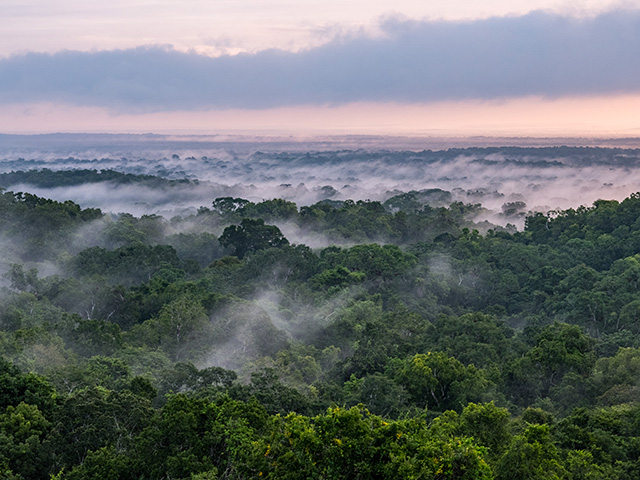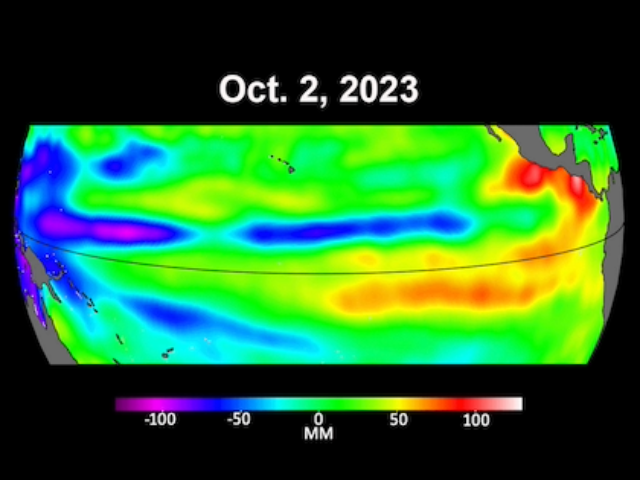News | June 15, 2015
NASA 'eyes' study Louisiana's changing wetlands

The Mississippi River Delta south of New Orleans, as seen from NASA's C-20A research aircraft. Credit: NASA. View larger image.
NASA recently completed an intensive study of Louisiana Gulf Coast levees and wetlands, making measurements with three advanced imaging instruments on three research aircraft.
NASA instruments fly over the Gulf Coast one to three times per year to keep consistent records of ground subsidence—the gradual sinking of an area of land—which can compromise the integrity of roads, buildings and levee systems. Scientists also closely monitor vegetation changes in the coastal wetlands to better understand how to preserve them.
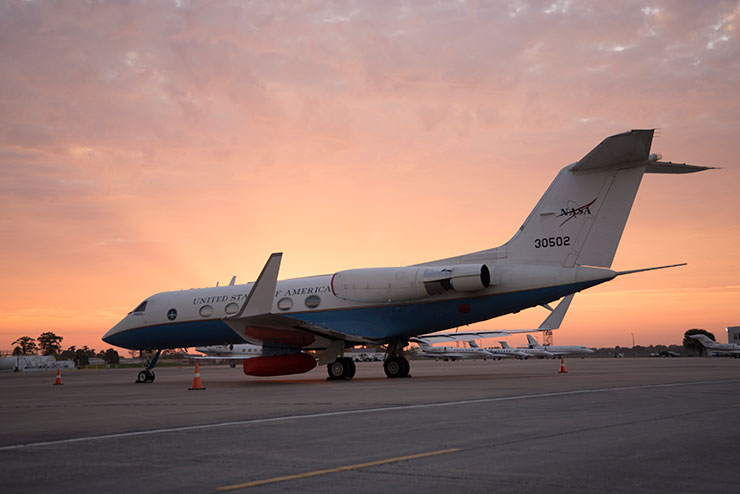
"This was a great opportunity to use instruments that work together to create a more complete picture of the changing Louisiana delta," said Randall Friedl, manager of the Earth System Science Formulation Office at NASA's Jet Propulsion Laboratory, Pasadena, California. The instruments were all developed at JPL.
The instruments were:
- The Uninhabited Aerial Vehicle Synthetic Aperture Radar (UAVSAR) instrument, an imaging radar uniquely designed to measure how Earth locations change between repeat flights over the same path.
- The Next-Generation Airborne Visible/Infrared Imaging Spectrometer (AVIRISng), which observes changes in light reflected from Earth to obtain accurate, quantitative characterizations of the composition and features of Earth's surface.
- The Air Surface Water and Ocean Topography (AirSWOT) instrument, an airborne prototype of a planned spaceborne precision radar instrument that will use a new technique to measure changes in Earth's water surfaces over time.
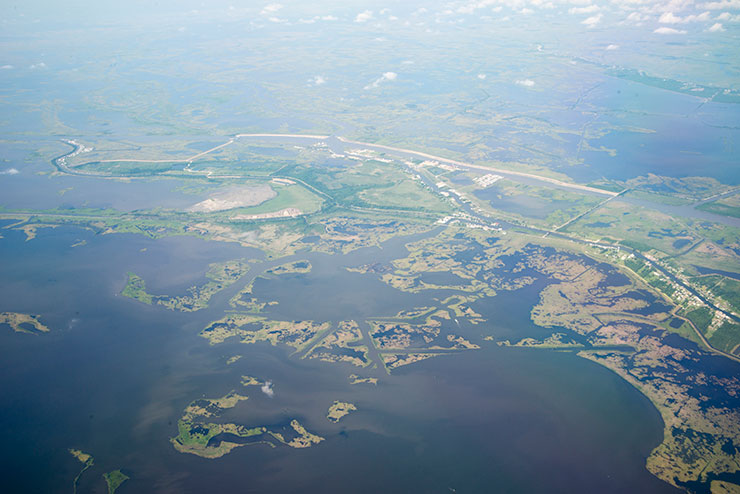
The goal of the research is to provide data to federal and local agencies, which use the information to determine where to concentrate resources and combat the negative effects of wetland loss and floods. The data will also be used to improve modeling of delta land building and can be applied to help restore deltas worldwide.
UAVSAR flew on a C-20A research aircraft and the other two instruments flew on a B200 King Air. Both aircraft are based at NASA's Armstrong Flight Research Center facility in Palmdale, California.
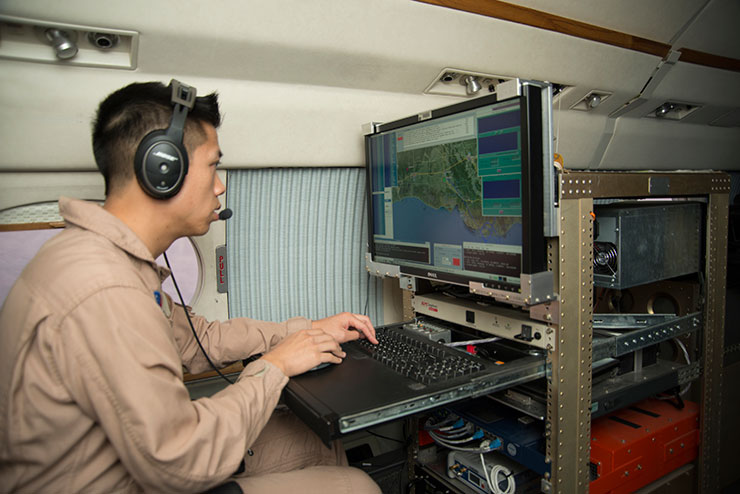
“Most deltas are highly engineered, inhabited areas that are in danger from a combination of subsidence and sea level rise. This happens because dams upstream and levees in the delta prevent the natural process of sedimentation from offsetting subsidence,” said Jones.
Learn more about NASA's Airborne Science Program here.




